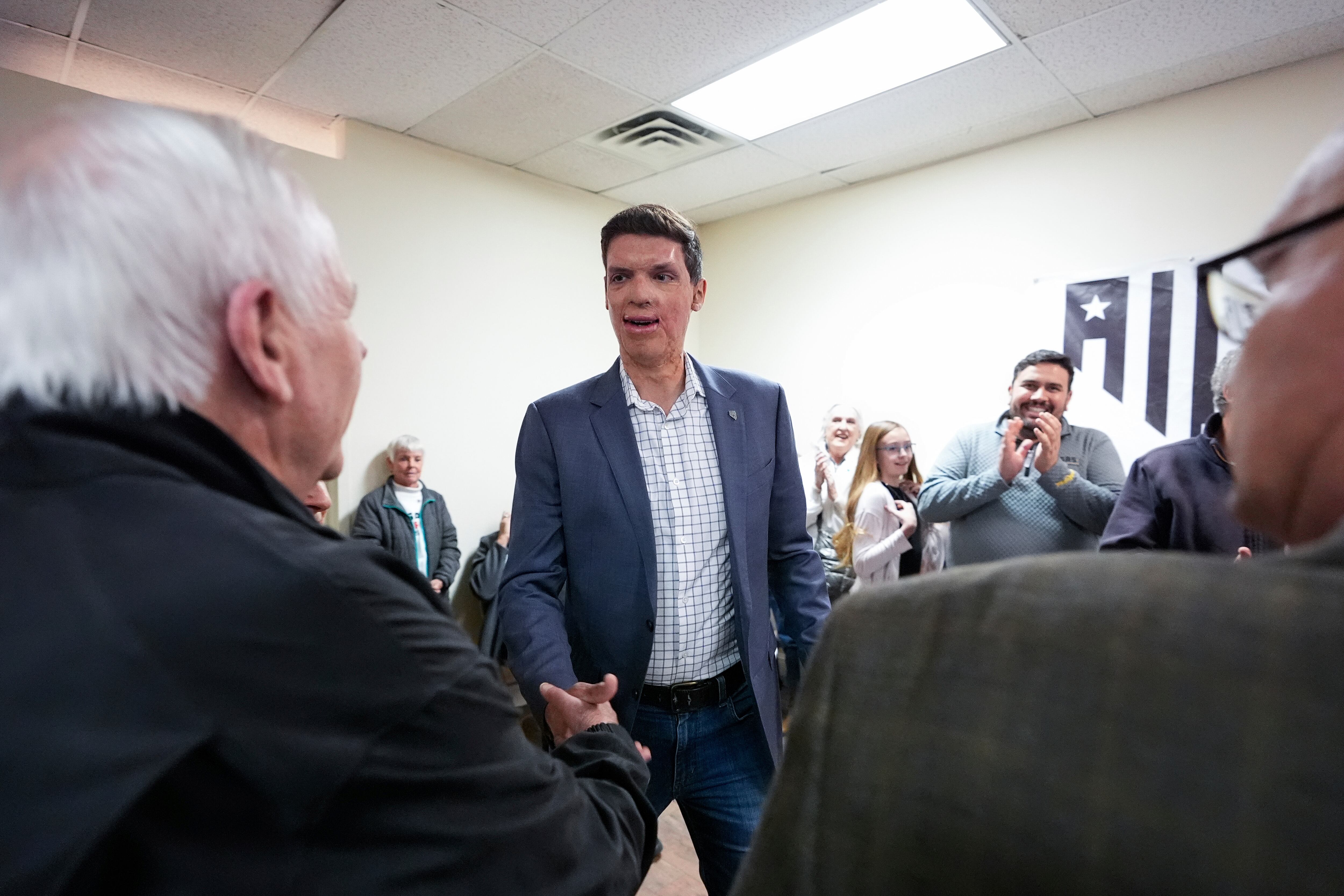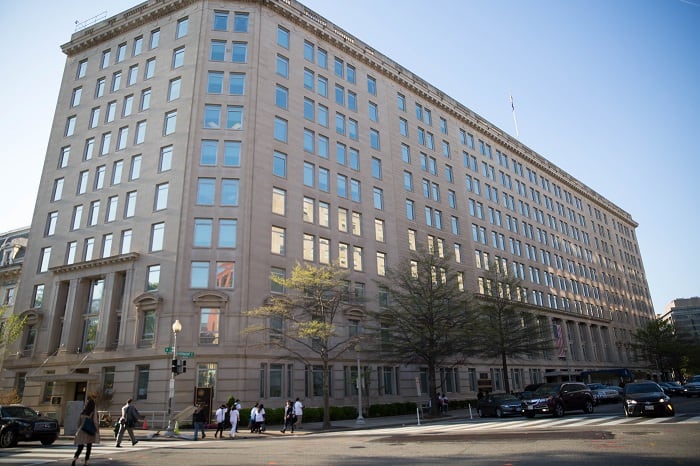As Iraq presses ahead in the fight against the Islamic State, its air force continues to grow in size and ability with the help of advisers from the U.S Air Force.
Col. Jay Sabia, commander of the 370th Air Expeditionary Advisory Group in Iraq, said in a May 18 interview that Iraq now has 18 F-16Cs and 14 pilots — trained in Tucson, Arizona — flying daily combat missions out of Balad Air Base against ISIS.
Iraq also has six C-130J Super Hercules aircraft — the newest model of C-130 — flying out of New Al-Muthana Air Base, near Baghdad International Airport. Depending on the day, the C-130Js fly four to six missions per day, often with three or four stops in each mission.
Sabia oversees 80 air advisers assisting the Iraqi air force throughout the country, in a wide variety of ways at multiple echelons — from senior leaders down to the tactical level. Airmen are advising Iraqis on F-16 and C-130 piloting, aircraft maintenance, air traffic control, airfield management, intelligence, and logistics, among others.
Airmen "engage with them across the spectrum of specialties that are required to professionally run an air force," Sabia said. "It's not just about the airplane piece of it."
For example, airmen are at Qayyarah West Airfield a strategically crucial resupply and staging area near Mosul, helping Iraqis with air traffic control, crash and fire response in case there are any incidents on the runway, and other jobs needed to help manage the airfield. Aerial porters are also there, as well as at Al-Muthana, to help Iraqis learn the best ways to quickly unload and reload C-130s.
Of the total 80 Air Force advisers, about 15 are maintainers at Al-Muthana to help advise Iraqis on the best way to keep their C-130s in the air, he said.
The Iraqi C-130s are heavily engaged in supporting the Mosul battle, Sabia said. Since October, they've been flying into Qayyarah West regularly to resupply Iraqi troops on the front lines, as well as shuttling Iraqi soldiers to and from the various provinces and traveling to al Asad in Anbar Province and Erbil in the Kurdistan region. They also return to Baghdad with wounded Iraqi troops — usually evacuated from the Mosul battle via ground or Iraqi helicopters — so they can receive more specialized medical care in the capital city. The Super Hercules planes also conduct leaflet drops across the country.
Iraq's F-16s have become very good at so-called "deliberate shaping operations," or using precision strikes to soften up ISIS forces while minimizing collateral damage to the city's infrastructure, especially in Mosul, Sabia said. Since the Mosul battle began in October, Iraqi fighters have fired more than 500 precision-guided munitions and struck more than 350 targets, he said.
"They are extremely critical to the current fight, in that they're the one [Iraqi] aircraft that's able to deliver [laser-guided GBU-12] precision-guided munitions, to do precision targeting against ISIS," Sabia said.
Sabia said that in late April, as Iraqis began an operation to clear north Mosul, F-16s hit an ISIS car bomb facility and headquarters building six hours before Iraq's 9th Armored Division moved in.
"Because they were able to develop the right targets and strike those targets, the 9th [Iraqi Army] was able to, almost entirely unopposed, move in to that city and minimize the casualties on the Iraqi security forces," Sabia said.
Iraqi F-16s are also striking near Nineveh Province in the west, as well as strikes in Anbar. They fly two to four missions per day supporting combat operations, as well as conducting training sorties.
They are not flying side-by-side with U.S. or other coalition aircraft on missions to strike the same targets, Sabia said, but coalition and Iraqi officials regularly consult at the Combined Joint Operations Center in Baghdad to coordinate efforts and deconflict air missions. Because the Iraqis are taking the lead in the battle for Mosul, he said, the coalition shares information with Iraqi officials, who in turn share their targeting priorities with the coalition.
"We're all supporting the same Iraqi security ground forces," Sabia said.
And the Iraqi pilots have become more capable as they've gained experience, he said — especially over the last five months.
"They've gone from, essentially, a day precision strike-only capability to now being able to conduct night sorties as well," Sabia said. "It's extremely significant in giving them options to conduct precision strikes at night."
Having the option of striking at night can help minimize collateral damage and the chance of civilian casualties, he said, because most people would be sleeping and fewer would be out in public. It also increases the chances of catching ISIS fighters or leaders asleep and unaware.
Iraqi F-16 pilots aren't now conducting close air support missions, he said, but as they continue to grow over time, they will "absolutely" add that capability, as well as other skills.
In a few years, Iraq is expected to have a total fleet of 35 F-16s. Aside from the 18 currently flying in Iraq, the remaining 17 are either being used to train new pilots in Tucson, or are still being produced, Sabia said.
(Iraq originally ordered 36 F-16s, but one crashed while training in Tucson in 2015, killing its pilot, Iraqi Brig. Gen. Rasid Mohammed Sadiq Hasan.)
Sabia said Iraq is not planning to add any more C-130Js, and that its current fleet provides enough airlift capacity for its needs.
As many as 26 Iraqi pilots are now in some stage of F-16 training with the Arizona Air National Guard's 162nd Fighter Wing in Tucson, Sabia said — about 12 are in basic training, and another roughly 14 have finished basic training.
Stephen Losey is the air warfare reporter for Defense News. He previously covered leadership and personnel issues at Air Force Times, and the Pentagon, special operations and air warfare at Military.com. He has traveled to the Middle East to cover U.S. Air Force operations.





